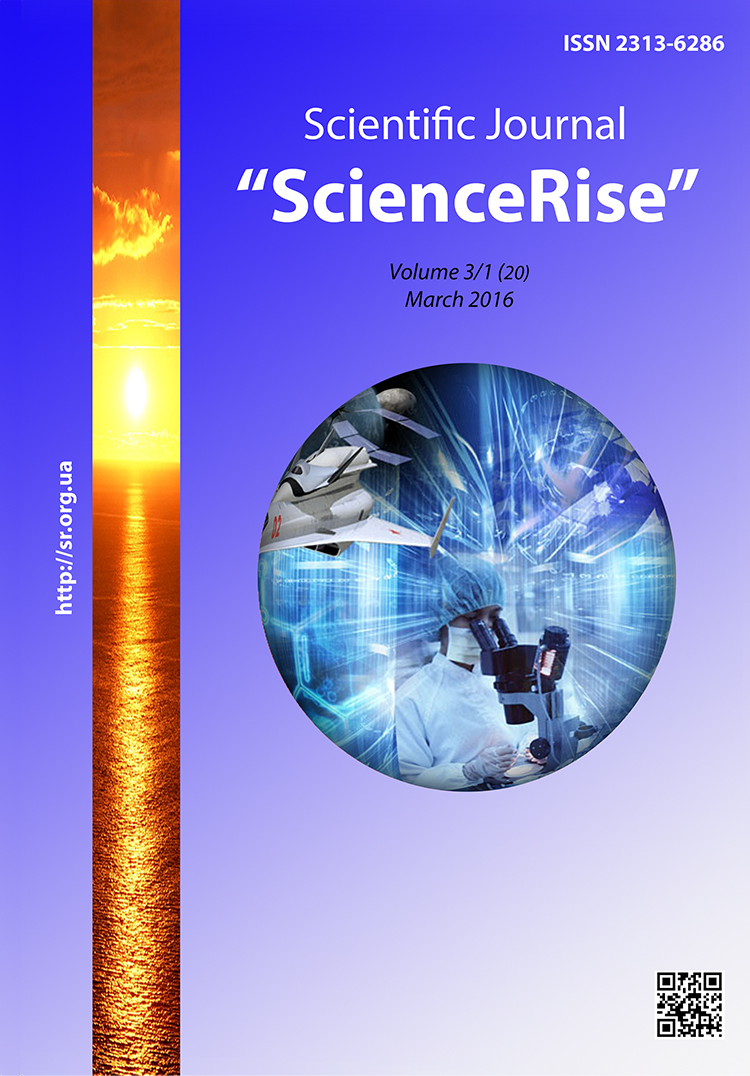Features of formation of organizational culture in the hospitality enterprises
DOI:
https://doi.org/10.15587/2313-8416.2016.62597Keywords:
organizational culture, tool for assessing corporate culture of K. Cameron and R. Quinn, organizational effectiveness, hospitality enterpriseAbstract
The article analyzes the content and features of formation of effective organizational culture. A system of factors that affect the formation of effective organizational culture is considered. Also the advantages of the application of the Cameron and Quinn technique about building an effective organizational culture of hospitality enterprises are researched. With the help of the OCAI tool of K. Cameron and R. Quinn it is identified the type of corporate culture of the researched organization and its strengths and weaknesses
References
Spivak, V. A. (2001). Corporate culture. Sankt-Peterburg: Piter, 352.
Mescon, M. H. (1998). Motivational climate of the organization. Personnel Management, 6.
Shein, E. H. (2002). Organizational culture and leadership. Sankt-Peterburg: Piter, 35–39.
Cameron, K. S., Quinn, G. E. (2001). Diagnosing and changing organizational culture. Sankt-Peterburg: Peter, 100–121.
Liker, J., Hoseus, M. (2011). Corporate culture. Moscow: Alpina Pablisher, 354.
Lapin, T. A. (2005). Corporate Culture. Omsk "Omsk State University Publishing House", 96.
Markova, E. V. (2005). Сorporate culture in the hospitality industry. Parade of hotels, 265.
Tarasyuk, V. D. (2009). Elements and factors of formation of organizational culture of the enterprise. Scientific notes of TNU. Series: Economy and management, 22 (2), 333–340.
Solntseva, N. V. (2011). Normative-legal support of formation of organizational culture on the enterprise. Development Management, 4 (101), 237–239.
Mogutnova, N. N. (2005). Corporate culture: definition, approaches. First steps, 130–136.
Downloads
Published
Issue
Section
License
Copyright (c) 2016 Дарія Іванівна Басюк, Мар’яна Володимирівна Рознатовська

This work is licensed under a Creative Commons Attribution 4.0 International License.
Our journal abides by the Creative Commons CC BY copyright rights and permissions for open access journals.
Authors, who are published in this journal, agree to the following conditions:
1. The authors reserve the right to authorship of the work and pass the first publication right of this work to the journal under the terms of a Creative Commons CC BY, which allows others to freely distribute the published research with the obligatory reference to the authors of the original work and the first publication of the work in this journal.
2. The authors have the right to conclude separate supplement agreements that relate to non-exclusive work distribution in the form in which it has been published by the journal (for example, to upload the work to the online storage of the journal or publish it as part of a monograph), provided that the reference to the first publication of the work in this journal is included.

